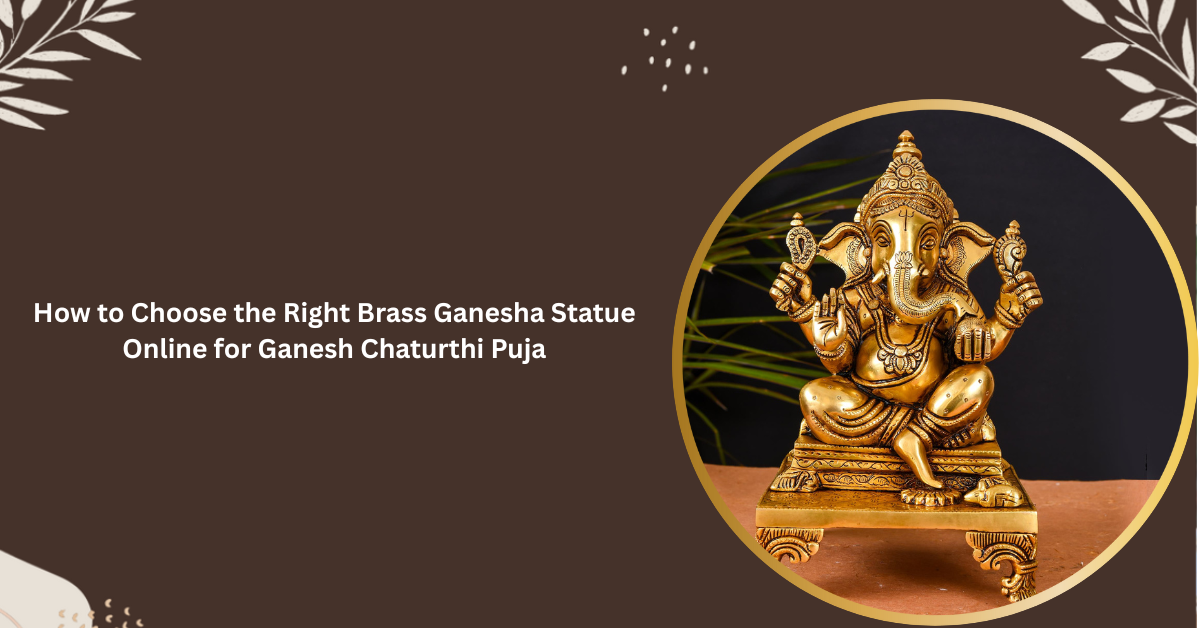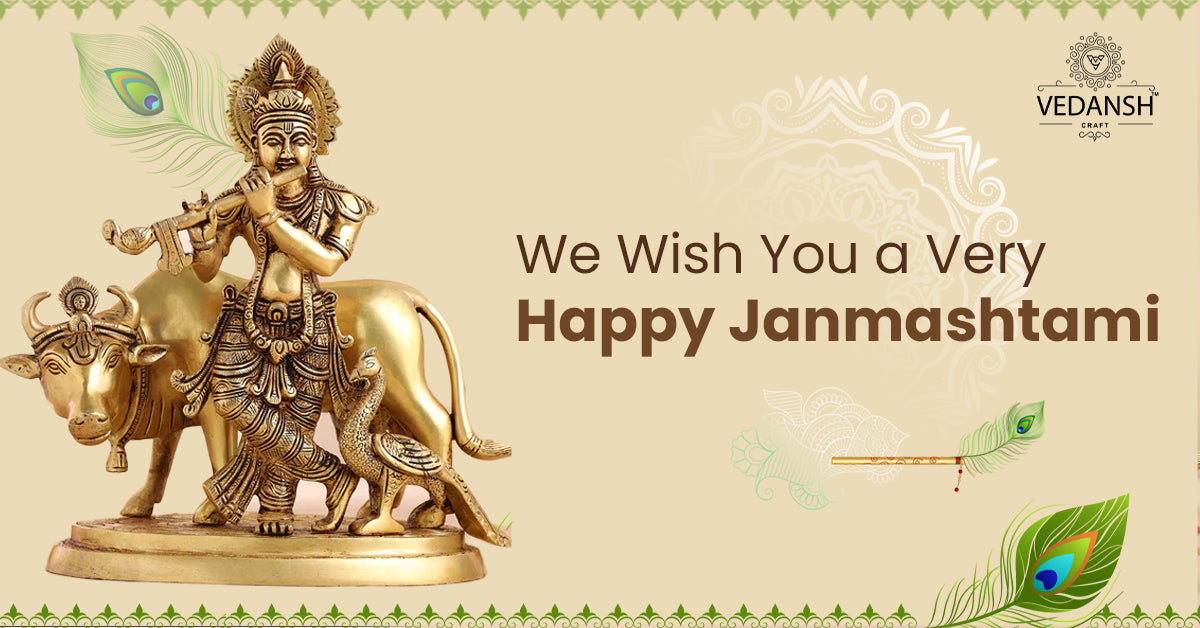

Dwapara Yuga- Age of Rituals and Sacrifice
, by javed techqart, 6 min reading time
The third age in Hinduism talks about the life and period of Lord Krishna, the ninth avatar of Vishnu. Yuga means age of the world, and Dwapara Yuga means the age of two. In the Dwapara Yuga, also called the bronze age, everyone is driven to fulfil the scriptural dharma assigned to their class. They are also naturally brave, competitive, and heroic, and their sole activities are penance and charity. People in Dwapara Yuga were described as greedy and self-centred.
The Dwapara Yuga is an age where morality and immorality coexist equally, and spirituality is deteriorating. This age saw the collapse of morals and the Yuga tradition as a spiritual pursuit. People were more rivalrous, fervent, dishonest, and pleasure-seeking as they moved further from the Divine; however, this Yuga saw advances in science throughout this Yuga, and people started understanding the concept of space and time.
Throughout the Dwapara Yuga, religion is based on two principles: honesty and compassion. The Puranas state that this Yuga ended when Krishna returned to his everlasting home in Vaikuntha. Dwapara Yuga, the third age in a cycle, lasts for 864,000 years.
Exploring the Concept of Dwapara Yuga
In the Dwapara Yuga, everyone is a monarch and a pleasure seeker. Since Divine intelligence no longer exists in our period, it is rare for someone to be sincere. People suffer from illnesses, sicknesses, and a variety of wants as a result of this life of lying. People who have these illnesses realise their transgressions and atone for them. In addition to organising yajnas (holy fire ceremonies) for divinity, some people do it for monetary gain.
Kama and Artha are two of the Dwapara Yuga's greatest moments. The Rig, Sama, Yajur, and Atharva were the four divisions used to classify the Vedas. Much earlier than the Dwapara Yuga, the human race started deviating from dharma's moral path. Individuals took advantage of others at the price of their positions. Kings fought each other for control over resources, influence, and power. Nonetheless, throughout this time, hundreds of temples were built worldwide.
Most humans lost their godliness during the Dwapara Yuga, yet some saintly rulers preserved virtue and protected justice. By the conclusion of the Dwapara Yuga, there were too many corrupt leaders on the planet who had given up on religion altogether. To overthrow the wicked rulers and establish morality again, Lord Krishna went to Earth. Arjuna heard Lord Krishna speak the well-known Bhagavad Gita at this moment.
Avatar taken by Lord Vishnu in Dwapara.
In each Yuga, different avatar of Vishnu took birth to establish a Dharma (Divine Truth or Justice) or to teach humanity vital lessons to expand their consciousness. Krishna and Buddha were the two avatars taken by Lord Vishnu in Dwapara Yuga.
- Krishna
One of the main characters in Hindu mythology is Lord Krishna, who is the eighth incarnation of Lord Vishnu. His life is described in the holy book, the Bhagavad Gita, and he was born in Mathura. Krishna is a well-known celestial teacher and performer of miracles who personifies dharma and moral behaviour. His holy performance, known as the Leela,emphasises dedication and unselfish conduct while showcasing a harmony between love and wisdom.
Hinduism's primary figure, Krishna, is regarded as a god, a teacher, and a hero. His life, teachings, and adventures are mostly recorded in the Mahabharata epic, especially in the Bhagavad Gita, where he teaches warrior Arjuna spiritual realisation. When Krishna was younger, he performed amazing deeds like raising the Govardhan Hill to shield the locals from a deluge brought on by Lord Indra's fury. Numerous tales and poetry honour his amusing encounters with the gopis (cowherd females) and the mesmerising melody of his flute, signifying the soul's yearning for the holy.
The sacred conversation between Lord Krishna and Arjuna on the Kurukshetra battlefield, the Bhagavad Gita, contains the essence of Lord Krishna's most profound teachings. Here, Krishna teaches about dharma, responsibility, righteousness, devotion, and the essence of life. The core of the Gita is Krishna's advice to Arjuna to carry out his responsibilities without concern for the outcome, emphasising unselfish conduct.
- Buddha
In many Hindu traditions, the Buddha, Siddhartha Gautama, is considered the ninth incarnation of Lord Vishnu. He rejected the perks of royalty in pursuit of enlightenment. The Eightfold Path and the Four Noble Truths are the cornerstones of the Buddha's teachings, which lead followers to freedom from suffering. Millions of people are still moved by his deep compassion and knowledge, which cut beyond denominational differences. The legacy of the Buddha emphasises the transformational potential of mindfulness and the quest for inner peace.
Concept of Dwapara Yuga
The Dwapara Yuga, the era of sacrifice and ritual, reveals a tapestry of moral gratitude and ethical and heavenly stories. This 864,000-year period represents the intricate relationship between human lapses in judgement and righteousness. The values of compassion and honesty stand out as rays of light in the middle of rampant greed and conceit
.Dwapara yuga saw an increase in disease and a shorter life span of around 1000 years, and people started indulging in caste and discrimination. The loss of virtue led to conflicts and challenges, and humanity came to an end; people started performing penance after realising their misdeeds.
Still, this age was remarkable as lord Vishnu took the avatar of Buddha to reestablish dharma, or virtue, and eliminate ignorance. During two significant occasions in the Dwapara Yuga, Lord Vishnu took on the form of Lord Krishna, a central figure in Hindu mythology. In the first, Lord Krishna defeated Kamsa, his malevolent maternal uncle. Second, he served as the Pandavas' instructor throughout the Kurukshetra conflict. The Yuga ended when Krishna ji left for Eternal, his Johome. This age is considered auspicious for its balance between righteousness and material prosperity.
The Dwapara yuga displays a harmonious fusion of material prosperity and spiritual teachings, making it a highly esteemed period in the cyclical pattern of human progress and time. Sacred scriptures are kept intact during this era, and rites are carried out vigorously. It's a time of sophisticated social institutions and more knowledge, which helps to strengthen the bond between humans and the divine. Despite difficulties, morality is rather powerful, providing a window into a glorious era in which spiritual values are preserved. The harmony of prosperity and righteousness in the Dwapara Yuga emphasises its importance as a transitional period between the previous and subsequent cosmic cycles.
Blog posts




